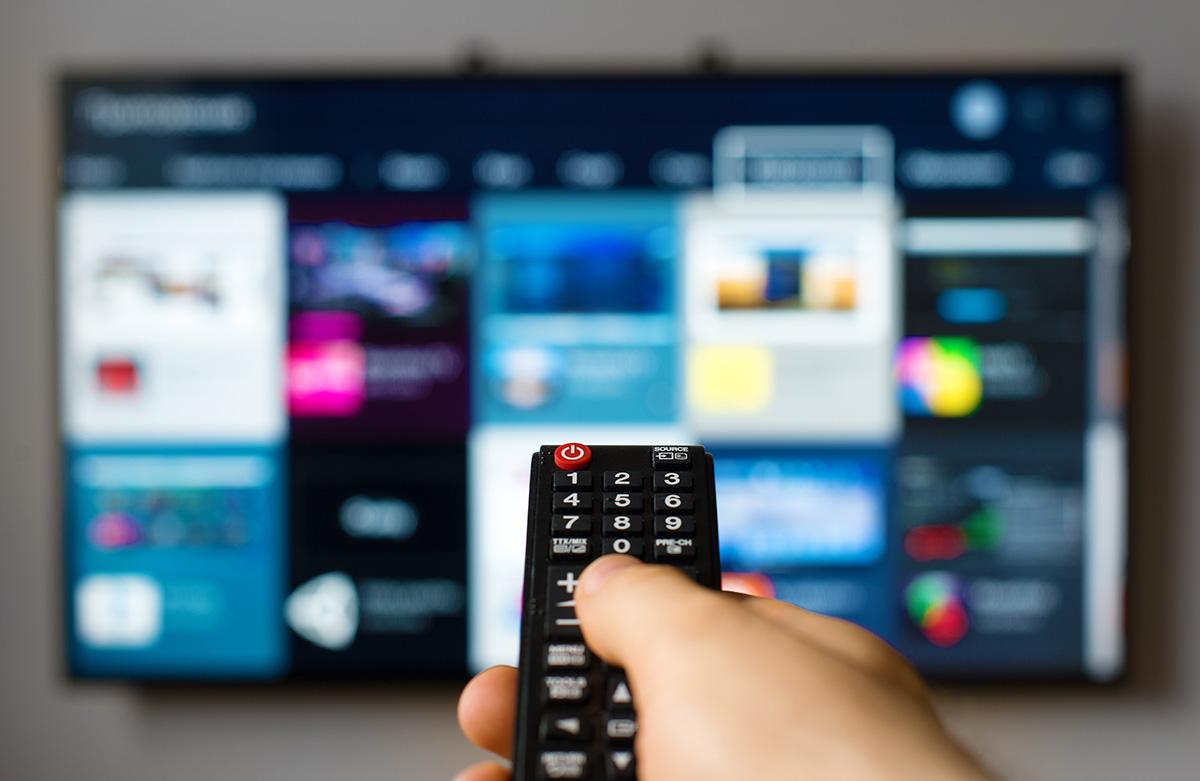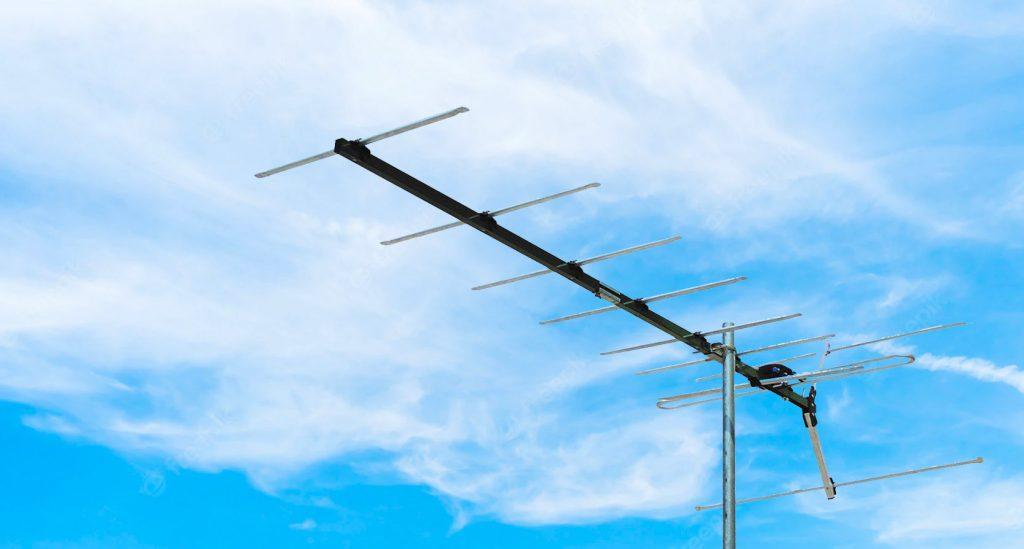Have you been thinking about cutting the cord and getting rid of your cable or satellite TV service? If so, you’re not alone. In recent years, more and more people have been opting for digital TV over traditional cable or satellite. But what is digital TV, exactly? And how do you know if it’s the right choice for you? In this article, we’ll explore what digital TV is and help you decide if it’s the right option for your needs. We’ll also give you some tips on choosing the right TV antenna for your digital TV.
What is a digital TV?
Digital television (DTV) is the transmission of audio and video signals using digital encoding, in contrast to the earlier analogue television technology which used analogue signals.
DTV can support more than one program in the same channel bandwidth. It is an upgrade from Analogue TV not just in terms of resolution but also in terms of the number of channels that can be accommodated in each bandwidth, sound quality, picture quality, and interactivity. DTV enables broadcasters to offer compressed HDTV (high-definition television) programming alongside their traditional standard-definition channels.
Broadcasters can also offer data casting services, whereby a limited amount of digital information is inserted into the broadcast signal. The data carried may include electronic program guides, stock quotes, weather forecasts, or other text-based data.
The benefits of having a digital TV
A digital TV has many benefits over an analogue TV. The most obvious benefit is picture quality. Digital TV offers a clearer picture with less “snow” and interference than analogue TV.
Digital TV also offers more channels than analogue TV. In most areas, you can get 30 or more digital channels, while analogue TV only offers a handful of channels.
Digital TV also comes with features that analogue TV doesn’t offer, such as electronic program guides and on-screen menus. These make it easy to find the show you want to watch and navigate the different options available on your television.
Finally, digital TV is better for the environment than analogue TV. Digital TVs use less electricity than analogue TVs, which means they create less pollution.
What factors to consider when choosing a digital TV

When it comes to choosing a digital TV, there are a few factors that you need to take into account in order to make sure you’re getting the best possible television for your needs. Below, we outline what those factors are so that you can make an informed decision when it comes time to purchase your new digital TV.
Cost: Just like with any other big purchase, cost is always going to be a major factor when deciding on which digital TV to buy. You’ll want to set a budget beforehand and then do your research to find the best possible option within that budget.
Size: The size of the TV is also something you’ll want to take into consideration. Make sure you have enough space in your home for the television and also keep in mind how far away from the television you’ll be sitting while watching it.
Picture quality: This is perhaps the most important factor of all when choosing a digital TV. You’ll want to make sure that you’re getting a high-quality picture so that you can enjoy your favourite shows and movies to the fullest. Do some research on different brands and models of TVs before making your final decision so that you know you’re getting the best possible picture quality.
The different types of antennas
Now that you know what a digital TV is, you need to choose the right antenna to receive the digital signal. There are three main types of antennas: indoor, outdoor, and amplified.
Indoor Antennas
An indoor antenna is the simplest type of antenna to set up. All you need to do is plug it into the back of your TV. Indoor antennas are best for people who live in small towns or rural areas where there are fewer broadcast towers. They’re also a good option if you don’t want to deal with the hassle of setting up an outdoor antenna.
Outdoor Antennas
An outdoor antenna is more powerful than an indoor antenna and can pick up signals from farther away. That means you’ll be able to get better reception, which translates into better picture quality. Outdoor antennas can be mounted on your roof or placed in your attic. If you go with a roof-mounted antenna, make sure it’s installed by a professional to avoid damaging your roof.
Amplified Antennas
An amplified antenna is similar to an outdoor antenna, but it has a built-in amplifier that boosts the signal before it reaches your TV. That means you’ll get even better reception than with an outdoor antenna. However, amplified antennas can be more expensive and they require AC power, so they’re not ideal for everyone.
How to choose the right antenna for your TV

There are a few things to consider when choosing the right antenna for your TV. The first is to determine the range of the antenna. Indoor antennas have a limited range, so if you live in a rural area or far from the broadcast towers, you’ll need an outdoor antenna.
The second thing to consider is the type of TV you have. If you have an HDTV, you’ll need an HDTV antenna. These antennas are more powerful and have a wider range than standard TV antennas.
Finally, you’ll need to decide where to place the antenna. If you have an attic or other high location, you’ll get better reception than if you place it near a window or on a lower floor.
If you keep these things in mind, you should be able to choose the right antenna for your TV.
How to connect a digital TV to an antenna
If you want to watch digital TV, you need to have a digital-ready TV and an antenna to receive the broadcast signals. If your TV is not digital-ready, you can use a digital converter box that will allow you to continue using your analogue TV.
To connect an antenna to your digital-ready TV, follow these steps:
- Find the coaxial input on the back of your TV. It will likely be labeled “ANT.”
- Connect one end of the coaxial cable to the ANT input on your TV.
- Find an available outdoor or attic antenna and place it in a location where it will have the best signal reception.
- Connect the other end of the coaxial cable to the antenna.
- Power on your TV and select “Scan” from your menu options to scan for available channels.
Note: You can always seek expert help to install the antenna and connect to the digital TV.
FAQs about digital TVs
How do I know if I have a digital TV?
If your television has an HDTV tuner, then it is a digital TV. You can also check the back of your TV for a label that says “Digital Tuner” or “HDTV Tuner.”
Do I need a special antenna for my digital TV?
No, you do not need a special antenna for your digital TV. In fact, you may be able to use the same antenna that you currently use for your analogue TV. However, if you want to receive HD programming, you will need an HDTV-compatible antenna.
Do I need a converter box for my digital TV?
No, you do not need a converter box for your digital TV. However, if you want to receive HD programming, you will need an HDTV-compatible receiver.
What is an HDTV-compatible receiver?
An HDTV-compatible receiver is a set-top box that allows you to receive and decode HDTV signals. Most HDTV-compatible receivers also include an on-screen guide that makes it easy to find and watch your favourite HDTV programs.
Conclusion
A digital TV is a type of television that uses digital signals to transmit the picture and sound. This type of TV provides a number of advantages over traditional analogue TVs, including better picture quality, more channels, and lower power consumption. If you’re in the market for a new TV, be sure to consider a digital TV. And when it comes to choosing the right antenna, make sure you get one that’s compatible with your specific TV model.


